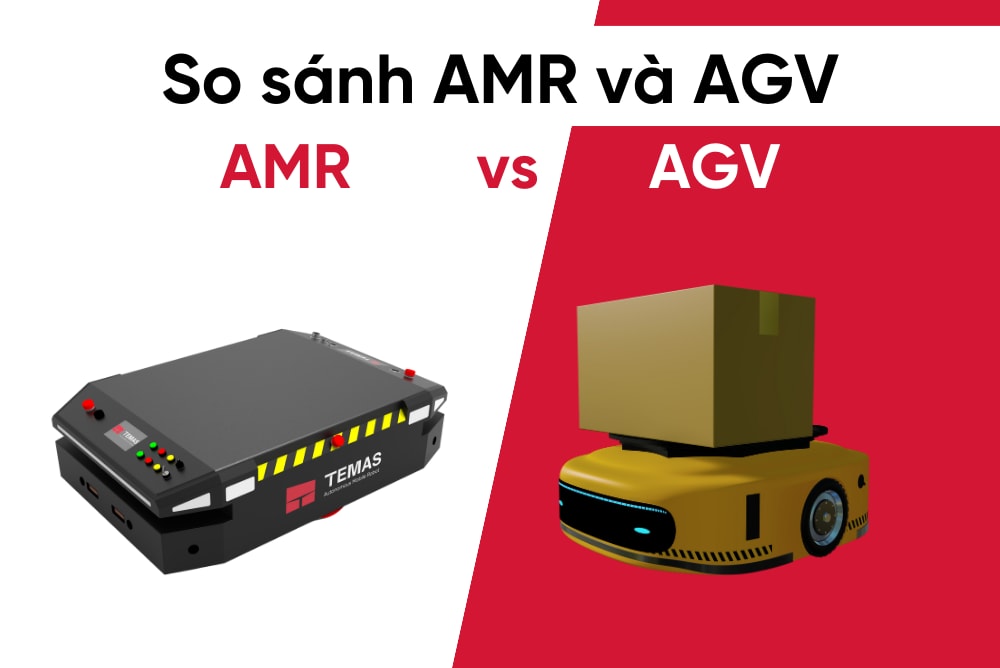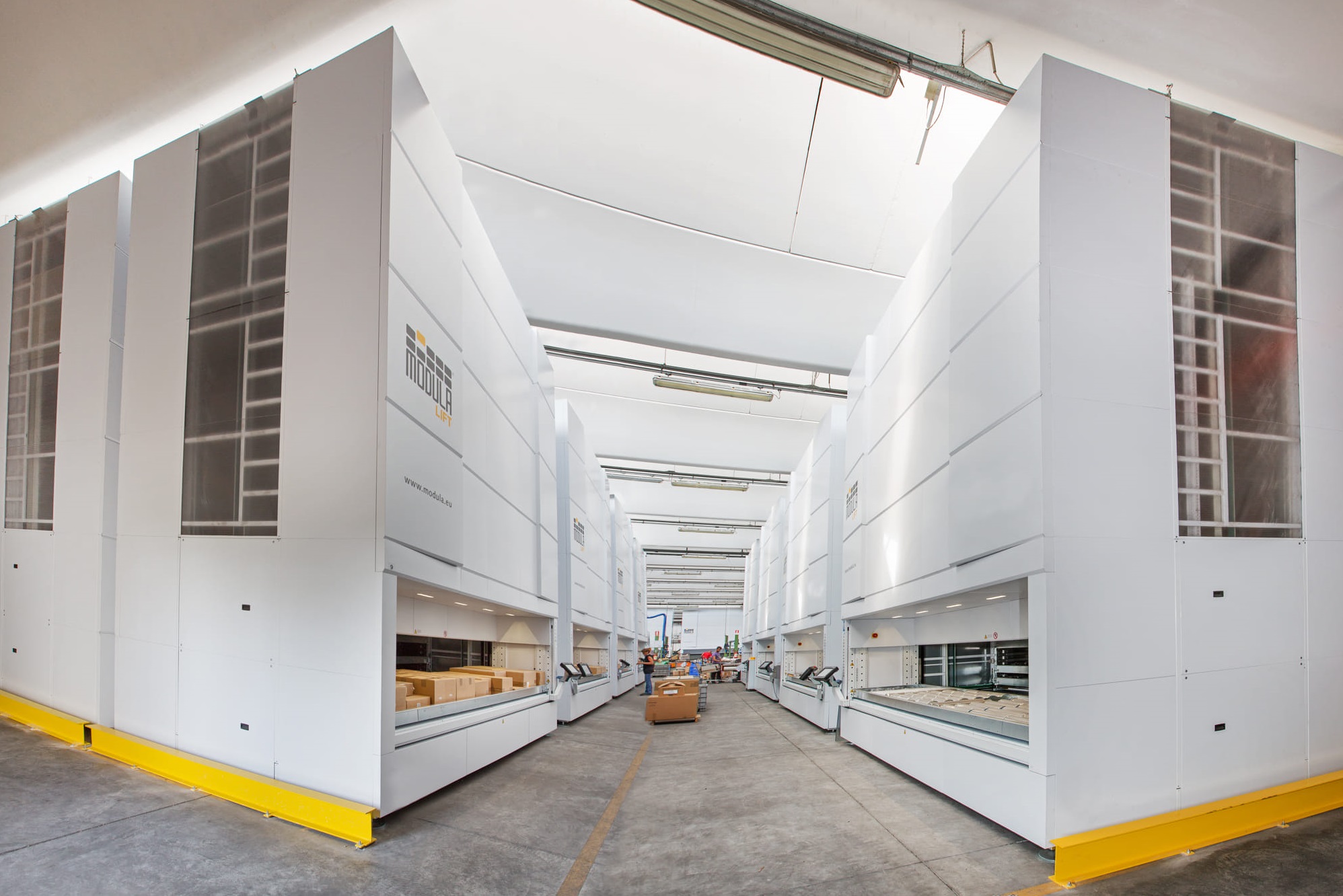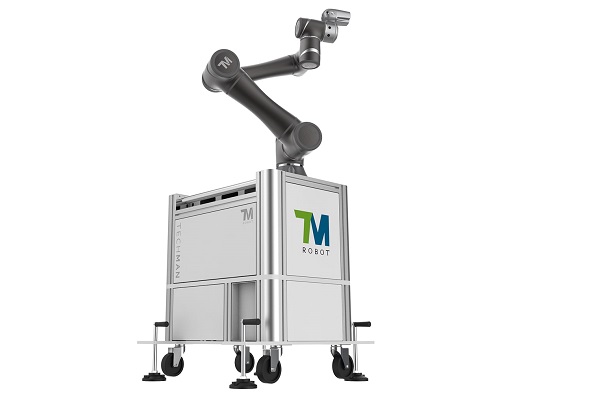In the automation revolution, the emergence of AMR and AGV has sparked a debate about the differences and advantages of each type. This article will analyze the 8 key differences between these two robots, helping readers better understand the applications of each type of robot.
Definitions of AMR and AGV Robots
What is an AMR?
According to Temas, an AMR (Autonomous Mobile Robot) is any robot capable of moving within its environment without the need for human supervision or a predetermined, fixed path. AMRs can navigate intelligently and flexibly, making them suitable for dynamic environments.
AMRs in smart warehouse
Learn more about AMR robots in the article: What is an AMR? AMR robot application in the warehouse system
What is an AGV?
An AGV (Automated Guided Vehicle) is an automatic device designed to transport goods, materials, or products in industrial or warehouse settings accurately and autonomously. AGVs typically navigate using a guidance system that follows pre-defined paths.
An AGV
8 Differences Between AMR and AGV Robots
| AMR | AGV | |
| Cost |
Higher initial cost due to advanced intelligence and greater flexibility. |
Lower initial cost due to simpler design. However, additional costs arise during operation for factory construction, design, and programming suitable pathways. |
| Navigation | AMR can self-locate and navigate flexibly without fixed infrastructure. | AGV has navigates based on fixed systems like wires or ground sensors. |
| Deployment Time | AMR may take longer to deploy due to configuration and environmental learning requirements. | AGV is easier to deploy as they do not require complex infrastructure. |
| Operational Flexibility | AMR is more adaptable to working environments, and capable of obstacle avoidance and automatic path adjustment. | AGV must follow fixed paths |
| Responsiveness | Faster response capabilities, able to change operational behavior based on the environment and situation | Generally less flexible compared to AMRs. |
| Sensors | AMR is typically equipped with diverse sensors, including cameras, LiDAR, and ultrasonic sensors to identify the environment. | AGV often uses more basic sensors like contact sensors or electromagnetic sensors. |
| Safety | AMR is better at detecting and avoiding obstacles, enhancing safety in the working environment. | AGV relies on fixed navigation systems and lacks flexible adjustment capabilities when encountering obstacles. |
| Maintenance | May require more complex maintenance due to the use of numerous sensors and higher intelligence. | Generally simpler to maintain due to straightforward design and fewer sensors. |
Should I Choose AMR or AGV Robots?
| AMR | AGV | |
| Advantages |
|
|
| Disadvantages |
|
|
| Applications | Typically used in flexible production models, diverse product lines, and work environments that require high flexibility and customization. | Typically used in production models with stable product lines, simple workflows, and low flexibility requirements. |
Based on the above advantages, disadvantages, and applications, customers can choose between AMR and AGV robots depending on the specific requirements of their work environment. If the environment requires flexibility, high customization, and higher investment resources, AMR robots may be the better choice. Conversely, if the environment demands stability, simplicity, and has a limited budget, AGV robots may be more suitable.


 Read more
Read more



